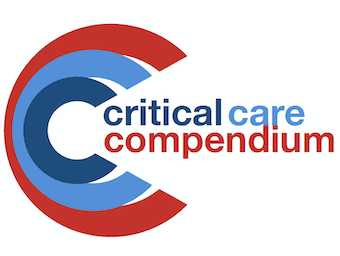
Subarachnoid Haemorrhage (SAH)
Subarachnoid Haemorrhage (SAH) potentially fatal bleeding into the subarachnoid space, usually due to a ruptured cerebral aneurysm

Subarachnoid Haemorrhage (SAH) potentially fatal bleeding into the subarachnoid space, usually due to a ruptured cerebral aneurysm

Subarachnoid Haemorrhage: Prognostication - some factors are modifiable; mortality rates currently ~35%; 15% die prior to reaching hospital; 8-20% long-term dependence

Bacterial ventriculitis (BV) is inflammation of the ventricular drainage system, usually due to bacterial infection of the cerebrospinal fluid (CSF)

Vasospasm in SAH: vasospasm = dynamic narrowing of vessels due to a radiological diagnosis; delayed neurological deterioration (DND) is clinically detected neurological deterioration after stabilisation not due to re-bleeding, may be due to multiple other causes; delayed cerebral ischaemia (DCI) is any neurological deterioration >1 hour that presumed due to ischemia, and other causes excluded

Systemic Lupus Erythematosus (SLE) = chronic, multi-system disease commonest in young females; wide spread antibodies -> produce tissue damage

Scleroderma = autoimmune mediated widespread collagenous deposition. Limited form: Calcinosis, Raynauds, Esophageal dysfunction, Sclerodacytaly and Telangiectasia (CREST syndrome)

Polyangiitis - MPA, GPA, EGPA: similar but different diseases; positive Antineutrophil cytopasmic antibiodies (ANCA); renal histology (focal necrotizing, pauci-immune glomerulonephritis)
John Birkett (1815-1904) was an English general surgeon.

Bispectral Index (BIS) Monitoring: BIS monitor was developed by Aspect Medical Systems; BIS = bispectral index; other 'depth of anaesthesia' monitors exist (e.g. Entropy)

Isoniazid toxicity, like other hydrazines, primarily cause life-threatening seizures and lactic acidosis through depletion of vitamin B6. The antidote is pyridoxine

Acute Fatty Liver of Pregnancy: hepatic dysfunction + microvesicular infiltration of hepatocytes; thought to be a variant of PET; fetal and maternal mortality = 20%

Amniotic Fluid Embolism (AFE): diagnosis of exclusion; amniotic in maternal circulation not always pathognomonic; 1:25,000 live births